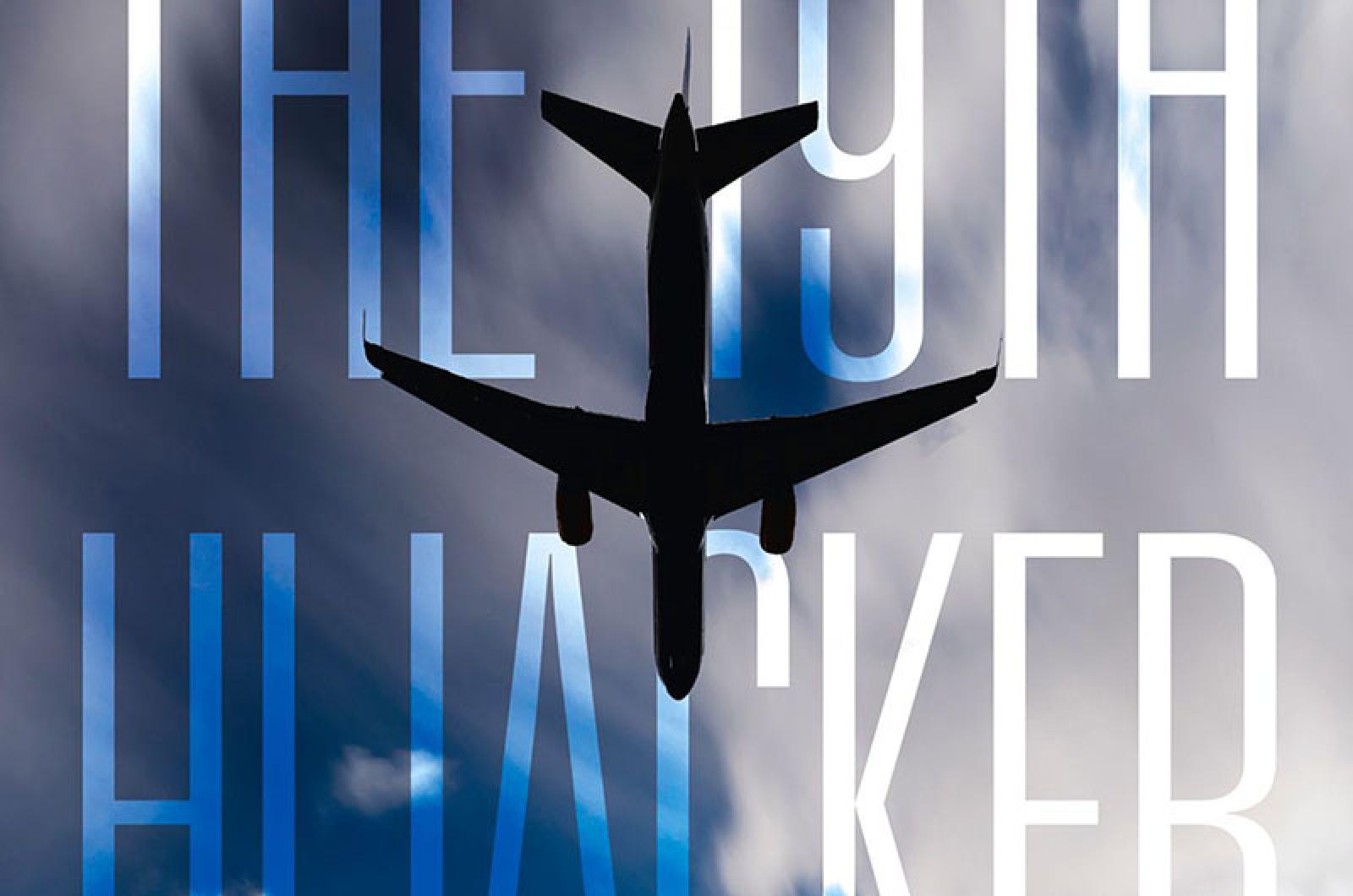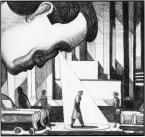The 19th Hijacker by James Reston Jr., Republic Book Publishers, 2021, 272 pages, $26.95.
The 19th Hijacker, James Reston’s 19th book, follows a long list of both fiction and nonfiction titles that take as their subject matter the terrorist attacks on America on 9/11. Even after 20 years, that subject occupies a particularly sensitive patch of the national psyche.
Mr. Reston’s novel focuses on Flight 93, which diverted from its planned path to Washington DC and instead crashed into the ground in Pennsylvania on 9/11.
Flight 93’s passengers were in frequent contact with friends and families and officials during the hijacking. They knew from all the other attacks that their own was doomed, and they resolved to do something about it. In their phone calls, they talked of voting to mount an assault on the hijackers in the cockpit. The plane’s flight recorders convey the wrenching final story, the hijackers deciding to crash the plane early rather than risk losing control of it to the passengers.
In many ways the oddest of those Flight 93 hijackers was a young Lebanese man named Ziad Jarrah, son of a comfortable professional family, well educated, and not on the surface the kind of fodder for jihadist radicalization — a world away, in other words, from a dead-eyed zealot like operation leader Mohamed Atta.
Mr. Reston lightly fictionalizes Ziad Jarrah into Sami Haddad and fills out his story with a simple but effective invention: Sami has been secretly recording his thoughts and worries for months during his preparations for the mission, and he’s been sending these personal journals to his German girlfriend, Karima Ilgun. Karima becomes a “person of interest” for vice commissioner Günther Recht, who’s seeking to uncover the secrets of the infamous Hamburg cell.
Mr. Reston plays the tension of these three fictional plot lines — Sami’s record of his journey to the heart of jihad, Recht’s investigation, and Karima’s growing awareness after the fact, when she’s trying to reconcile her memories of Sami with the downed plane in Pennsylvania. At one point, for instance, she’s watching a 9/11 memorial on TV and has a shocking moment of identification, a “ghastly connection” with the grieving wife of Flight 93’s pilot.
Any resistance the book might prompt on the part of readers due to the subject matter won’t come from its technical execution. Despite its sad and grim subject matter, The 19th Hijacker is a thoroughly involving novel, with a very skillful balance achieved between its handful of plot-strands.
Commissioner Recht, with his dogged curiosity and battered integrity, is an especially memorable creation, and the careful ratcheting of pace manages to make the final pages gripping despite the fact that every reader already knows what’s going to happen. Instead, reader resistance will come from the idea of humanizing any of the 9-11 hijackers at all, even under a fictive blanket. The character Mr. Reston is calling Sami Haddad knew exactly what he was doing on the morning of 9/11, knew what his burly fellow hijackers were intending to do, and had as many opportunities as anybody to opt out. He didn’t. The climax of The 19th Hijacker finds him right where the historical record finds Ziad Jarrah: in the cockpit of a stolen plane, fighting with his last breath to kill innocent people.
Readers who shy away from the book because they dislike the very idea of humanizing such a person will be depriving themselves of an invigoratingly thought-provoking reading experience in this case. Mr. Reston’s decision to turn his extensive research for The 19th Hijacker into a novel rather than a nonfiction study is a wise one. Those invented confessional tapes allow fiction to add inner flesh to a one-dimensional monster.







Comments
Comment policy »